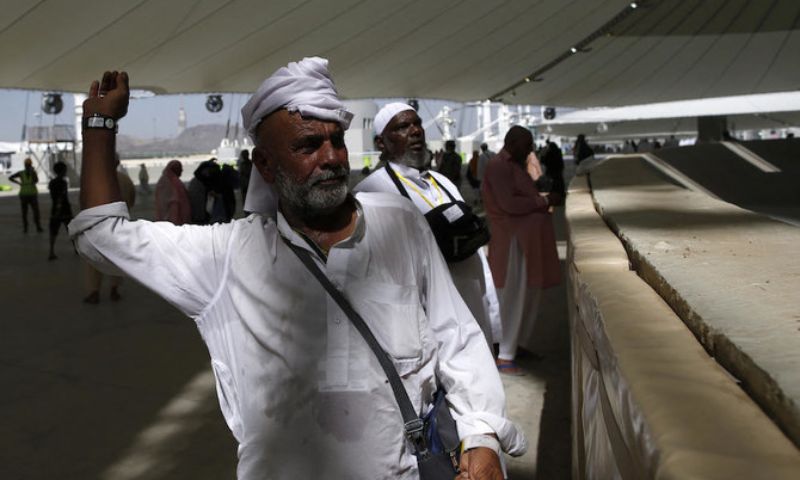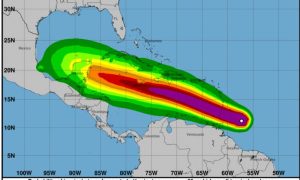MINA, Saudi Arabia: Masses of pilgrims in Mina, Saudi Arabia, commenced the symbolic stoning of the devil, marking the final days of the Hajj pilgrimage and the start of Eid Al-Adha celebrations. This stoning is among the final rites of the Hajj, one of the Five Pillars of Islam, following a day where over 1.8 million pilgrims gathered on Mount Arafat outside Makkah.
The pilgrims left Mount Arafat on Saturday evening to spend their night in Muzdalifa, where they collected pebbles for the symbolic stoning of pillars representing the devil. The pillars are located in Mina, a sacred place in Makkah, where Muslims believe Ibrahim’s faith was tested when God commanded him to sacrifice his son Ismail. Pilgrims will spend the next three days in Mina, casting seven pebbles at three pillars daily, symbolizing the casting away of evil and sin.
While in Mina, they visit Makkah to perform “tawaf,” the circumambulation of the Kaaba in the Grand Mosque, circling it counterclockwise seven times. A final circumambulation, known as Farewell Tawaf, marks the end of Hajj and their preparation to leave the holy city.
The rites coincide with Eid Al-Adha, or “Feast of Sacrifice,” where Muslims commemorate Ibrahim’s test of faith by slaughtering livestock and distributing the meat to the poor. Once Hajj is over, men shave their heads and women snip a lock of hair, symbolizing renewal and rebirth.
Many pilgrims travel to Madinah, 340 kilometers from Makkah, to pray at the Prophet Muhammad’s tomb in the Sacred Chamber, part of the Prophet’s Mosque, one of Islam’s three holiest sites. All Muslims are required to perform Hajj at least once in their lifetime if they are physically and financially capable. The rituals commemorate accounts from the Qur’an involving Prophet Ibrahim, his son Prophet Ismail, Ismail’s mother Hajjar, and Prophet Muhammad. Wealthy Muslims often undertake the pilgrimage multiple times, underscoring its deep spiritual significance.
This year, 1.83 million Muslims performed Hajj, enduring intense heat, with temperatures reaching 47 degrees Celsius (116.6 F) at Mount Arafat. The pilgrimage occurs annually in the second week of Dhu Al-Hijjah, varying each year based on the Islamic lunar calendar, and this year coincided with the burning summer of Saudi Arabia.
The majority of Hajj rituals occur outdoors with minimal shade, posing challenges due to the intense summer heat. Despite the harsh conditions, the commitment of pilgrims highlights the enduring significance of this spiritual journey. This year’s Hajj occurred amid the backdrop of the Israel-Hamas conflict, which has heightened tensions in the Middle East, underlining the broader geopolitical context in which the pilgrimage took place.























